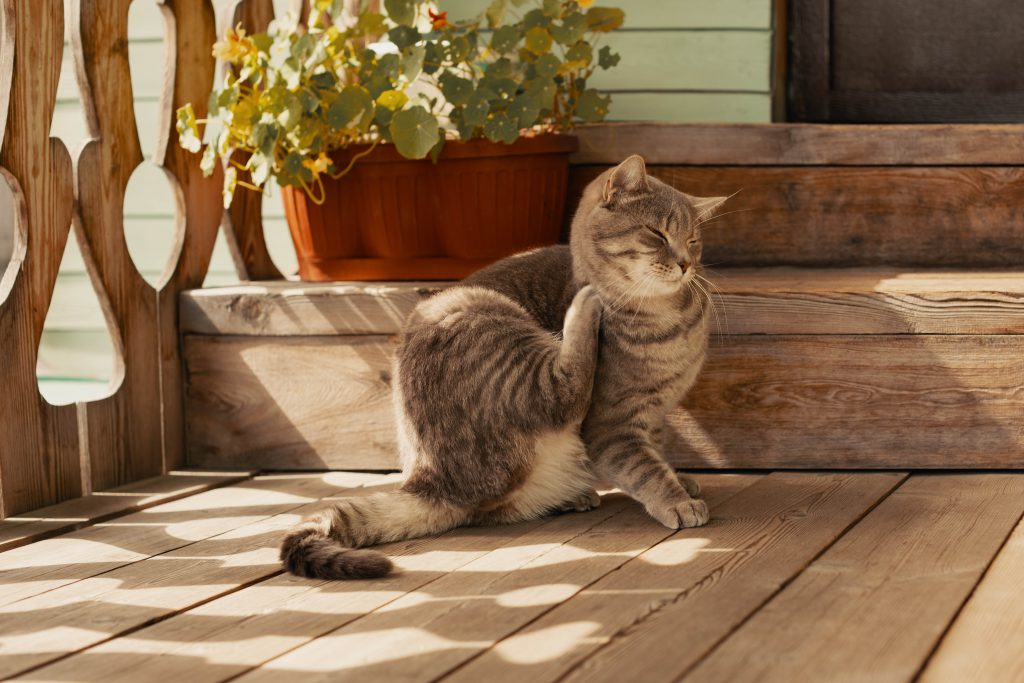Having a pet, whether it’s a cat or a dog, brings immense joy to our lives. Their playful antics, unconditional love, and companionship are unparalleled. However, with these furry friends come some challenges, one of which is the dreaded floor flea infestation. Let’s explore how to tackle this issue effectively.

Understanding Floor Fleas
Floor fleas are essentially the fleas that infest the fur and feathers of various animals, ranging from chickens to rabbits, and of course, our beloved cats and dogs. These fleas latch onto the animal’s fur, feeding on their blood. Due to their mobility and ability to jump great distances, they easily find their way into our homes, infesting carpets, sofas, curtains, and wooden floors.
These fleas reproduce at an alarming rate. A single flea can lay up to 200 eggs in its lifespan, which averages between 6 to 12 months. This rapid reproduction can turn a minor infestation into a full-blown crisis in no time. Moreover, these fleas don’t just stop at our pets; they can also bite humans, causing discomfort and potential allergic reactions.
The Power of Thorough Cleaning
The first and foremost step in combating a flea infestation is regular and thorough cleaning. This requires patience, determination, and a systematic approach. Any missed eggs or larvae can lead to a resurgence of the infestation.
Start with your pets: Since they are the primary carriers of these fleas, it’s crucial to treat them first. Consult your veterinarian for an effective flea treatment tailored to your pet.
Tackling Pet Areas
Focus on areas frequently visited by your pets, such as their beds or any fabric they often rest on. Machine wash anything that can be laundered, preferably at 60°C, to ensure all eggs and larvae are eradicated. Regularly disinfect surfaces your pets occupy to prevent a new wave of infestation.
Daily Vacuuming
During the extermination phase, which can span several weeks, clean as often as possible. This ensures the removal of adult fleas and prevents future generations. Vacuum daily, ensuring you cover every nook and cranny, including under and behind furniture, and on and under carpets. After each vacuuming session, dispose of the vacuum bag in a sealed trash bag or burn it outside.
Additional Treatments
While vacuuming is essential, it won’t completely rid your home of fleas. You’ll need to use supplementary treatments for a comprehensive solution.
For wooden floors, turpentine proves highly effective. It not only kills the fleas but also dries out and destroys the eggs. When using turpentine, ensure you wear gloves and a mask, and keep the area well-ventilated.
For fabrics and carpets, essential oils like lavender and eucalyptus are potent. Dilute these oils with water and spray them on fabrics, cushions, curtains, sofas, and even wooden floors for a flea-free home.
Conclusion
While pets bring joy, they can sometimes introduce unwelcome guests like floor fleas. However, with a systematic approach, the right treatments, and a bit of persistence, you can ensure your home remains comfortable and flea-free.

 Open Immovlan
Open Immovlan